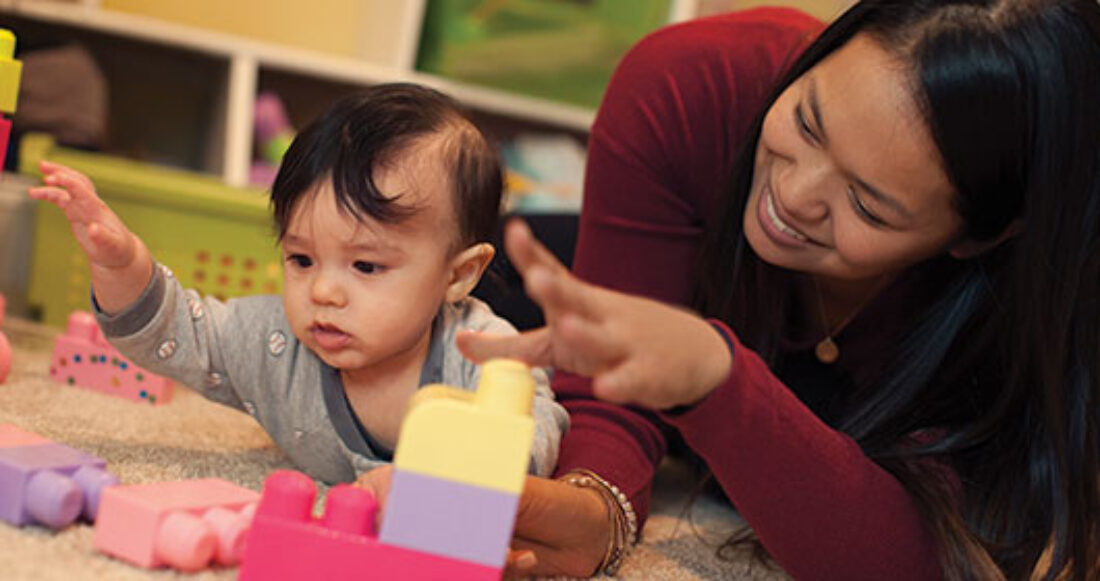Five Things You Need to Know About Measuring Poverty in America

The official poverty measure has been criticized by people of all political persuasions who claim, that among other things, the current measure underestimates what it takes to raise a family today and does not accurately capture all the income and benefits coming into a households.
We have included this measure in our annual KIDS COUNT Data Book since the first Data Book was released in 1990 because it is the most widely accepted measure of child poverty and is comparably collected across states and over time. The child poverty rate included in our Data Book reflects the official poverty measure calculated by the U.S. Census Bureau and is used by researchers, policy makers and all levels of government to determine program eligibility.
Advocates for children, researchers and others regularly report the rate and number of children living in poverty because growing up in economically deprived households can have enormous negative impacts on child well-being, especially if children experience poverty in early childhood or remain in poverty for an extended period of time.
As debates swirl about measuring poverty in the United States, here are five facts you should consider:
- The “official” poverty measure is based on an outdated formula created in the 1960s
Currently set at about $24,000/year for a family of four, the federal poverty threshold is based on a formula created five decades ago by researcher Molly Orshansky that calculated the cost of what it took to feed a family a nutritionally adequate diet in 1963 and multiplied by three, as food accounted for roughly one-third of the average family’s budget at that time. It has been adjusted for inflation every year since then. Today food accounts for a much smaller portion of a typical family’s budget. Researchers have found that, on average, families need an income of roughly twice the poverty level to cover basic expenses for housing, food, transportation, health care and child care.
- The official measure also fails to adequately reflect the ways in which costs — such as housing and child care — vary by region.
The official poverty line is the same for families who live in North Dakota as in California, but costs for raising a family vary dramatically based on where the family lives. For example, the typical rent for a two-bedroom apartment in Fargo, North Dakota is $715 v. $1,400 in Los Angeles.
- The official poverty rate does not account for many resources families receive.
Only the pre-tax cash income available to families is included when determining whether or not they are officially poor. This excludes many resources that a family might receive, such as federal tax credits, child care and housing assistance and food aid through the Supplemental Nutrition Assistance Program (formerly food stamps).
- To better understand how families are faring, the U.S. Census Bureau created a Supplemental Poverty Measure (SPM).
This new statistic measures the impact of social programs and accounts for rising costs, among other changes. This new measure is an important advance in understanding child poverty and the effects of safety net programs and tax policies on the economic well-being of families. In fact, when using the supplemental poverty measure, researchers determined that the rate of children in poverty has declined since 1990 while the official measure shows no real change.
- The United States continues to have one of the highest relative child poverty rates among all developed countries.
In order to compare rates of poverty across countries many researchers use “relative” poverty rates, which examine a family’s income relative to the average family in the country. A recent report by UNICEF found that the United States had more children living in relative poverty — defined as living in a household in which disposable income is less than 50 percent of the national median – than all but one other economically advanced countries, Romania.






